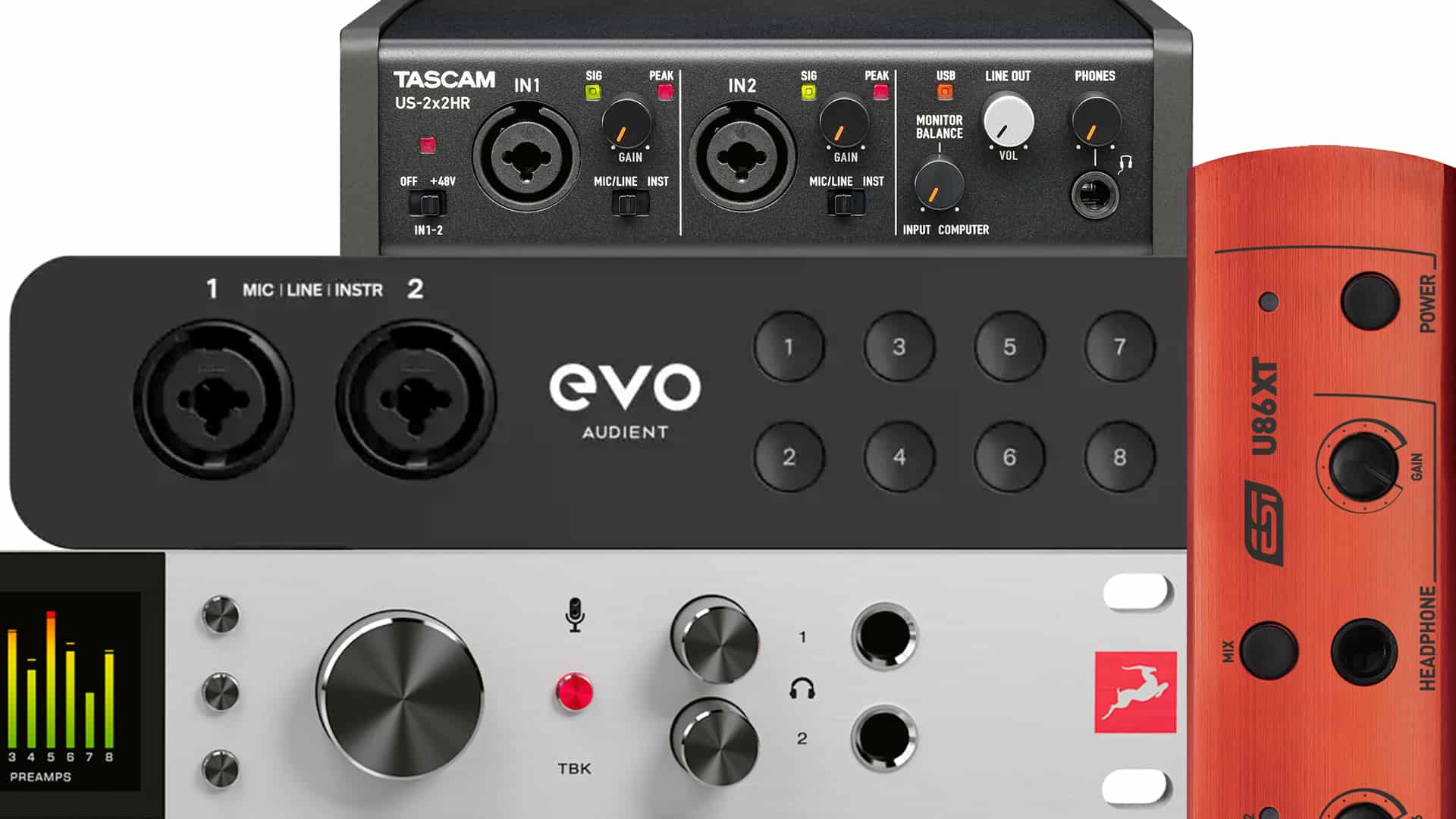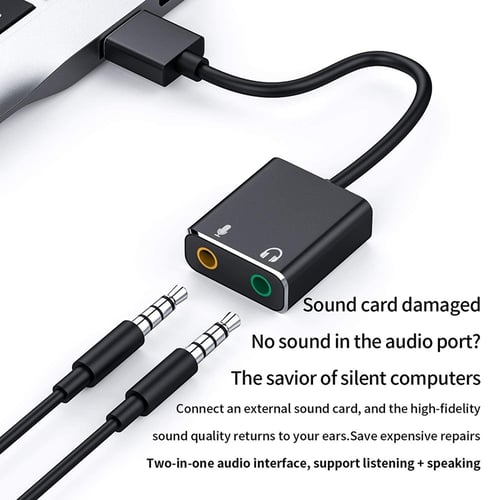

- #Linux usb audio interface how to#
- #Linux usb audio interface install#
- #Linux usb audio interface mac#
- #Linux usb audio interface windows#
Off: Off (priority 0, available: unknown)Īlsa_b-Schiit_Audio_USB_Modi_Device-00.analog-stereo/#6: USB Modi Device Analog StereoĪlsa_b-Schiit_Audio_USB_Modi_/#6: Monitor of USB Modi Device Analog StereoĪnalog-output: Analog Output (priority 9900, latency offset 0 usec, available: unknown) Output:iec958-stereo: Digital Stereo (IEC958) Output (priority 5500, available: unknown) Output:analog-stereo: Analog Stereo Output (priority 6500, available: unknown) Udev.id = "usb-Schiit_Audio_USB_Modi_Device-00"ĭ = "C-Media Electronics, Inc."ĭrial = "Schiit_Audio_USB_Modi_Device"

**** List of PLAYBACK Hardware Devices ****Ĭard 0: Device, device 0: USB Audio Ĭard 1: HDMI, device 3: HDMI 0 Ĭard 1: HDMI, device 7: HDMI 1 Ĭard 1: HDMI, device 8: HDMI 2 Ĭard 1: HDMI, device 9: HDMI 3 Ĭard 1: HDMI, device 10: HDMI 4 Ĭard 2: NVidia, device 3: HDMI 0 Ĭard 2: NVidia, device 7: HDMI 1 Ĭard 2: NVidia, device 8: HDMI 2 Ĭard 2: NVidia, device 9: HDMI 3 Īlsa.long_card_name = "Schiit Audio USB Modi Device at usb-0000:00:14.0-3.1, high speed"ĭevice.bus_path = "pci-0000:00:14.0-usb-0:3.1:1.0" because my monitor has speakers and can receive audio from Nvidia card through the HDMI):ĭiscard all samples (playback) or generate zero samples (capture)ĭefault ALSA Output (currently PulseAudio Sound Server)Ģ.1 Surround output to Front and Subwoofer speakersĤ.0 Surround output to Front and Rear speakersĤ.1 Surround output to Front, Rear and Subwoofer speakersĥ.0 Surround output to Front, Center and Rear speakersĥ.1 Surround output to Front, Center, Rear and Subwoofer speakersħ.1 Surround output to Front, Center, Side, Rear and Woofer speakers Some outputs as requested (lots of useless Nvidia stuff. Those high-end CA DACs have a status screen that shows you when it's in Class 2 mode but on cheaper stuff (like my Schiit), the device has no status of any kind to indicate the mode it's in.
#Linux usb audio interface mac#
Here's how it looks like when I connect my Schiit Modi to a Mac laptop: When you try it on a Mac or in Windows, it seems to confirm this behavior. That doesn't necessarily mean that any volume control from the OS is prohibited, just that it could actually open the device with different sample rates.Ĭambridge Audio states in their documentation that you won't be able to change audio through the OS once you enable Class 2 audio. … b/format.c Other post is this one: (also clear as mud answers).įWIW though I'm admittedly not that invested in the topic, from my googling UAC2 doesn't inherently make any statement over whether passthrough is possible, just that different sample rates are supported and exposed and can be used as such. Someone answered it on some other forum as "Linux supports it" with a link to source: If you do a search, say "linux usb audio class 2", you will find a dearth of information on this topic. So this leads me to believe that I don't have Class 2 audio enabled. However, under Linux, I can easily change the volume with Alsa, DE, music or a video player. That makes sense since Class 2 spec specifies that a raw PCM is being sent. The only way to change the volume is through the external device.
#Linux usb audio interface windows#
I've tested my DAC under Windows (in a VM, with a driver) and with a Mac and you can tell when you're using Class 2 audio since the audio volume cannot be modified by the OS or any other app anymore.
#Linux usb audio interface how to#
However, I do not know how to enable Class 2 audio path under Linux. I use a Schiit audio DAC and it works OK under Linux (I've run into an issue with timing in the past but have managed to mitigate it with the help from V1del).
#Linux usb audio interface install#
It isn’t compatible with both, and only supports Class 1 as default.īut all is not lost Windows lovers if you are using Windows you can still play those super high quality hi-res files! Just install a Class 2 USB driver. This supports up to 24 bit/192 kHz resolution files, for those seeking absolute audio perfection.īy default Macs support both Class 1 and Class 2, meaning you can easily send files up to 24-bit/192kHz to your DAC from your Mac. Class 1 can send up to a maximum of 24- bit/96kHz hi-res files, but if you want to play those studio master quality files you’ll need to step up to Class 2. Class 1 will give you a BIG improvement in sound compared to your computers own headphone output, however class 2 will take you one step further. The difference is in the resolution of music they can deliver. So what's the difference between Class 1 and Class 2?


 0 kommentar(er)
0 kommentar(er)
